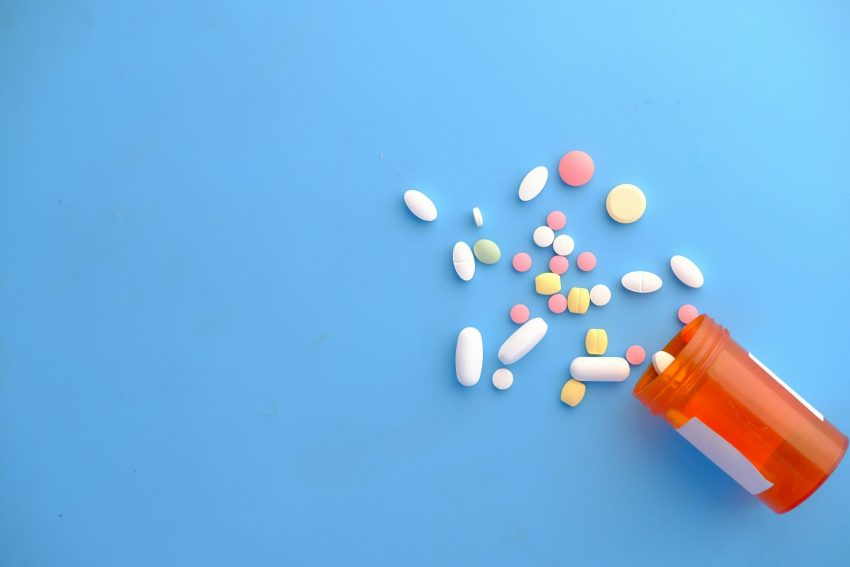Demand curves are downward sloping. There I said it! It’s apparently controversial to many public health advocates and Members of Congress. All the while, supply curves slope upward. If you don’t know what I’m talking about you should not have slept through your Econ 101 class in college. You can boil this down to “people buy less when prices rise” and “incentives matter.”
Julie Appleby, from Kaiser Health News, reports that:
There’s a long-running battle between insurers and drugmakers over financial assistance programs that purport to help patients afford expensive drugs. And lately, insurers have been losing ground as lawmakers, regulators and courts weigh in.
The issue is whether coupons and other copay aid many patients get from drugmakers should count toward annual insurance deductibles and out-of-pocket spending limits, enabling them to more quickly get fuller coverage for their medicines or other care. Insurers and employers gripe that the assistance is just a marketing ploy, intended to keep patients on costlier drugs even when cheaper alternatives are available.
Drug copays are designed to make patients act more like consumers. If a drug costs them something, patients think twice about whether they need it or whether a cheaper generic may work fine. If it costs them nothing, they will sometimes fill prescriptions they don’t bother to take or not consider cheaper alternatives that may exist. A drug copay also requires patients to share in the cost of therapy.
Drug copays are a blunt instrument, however. If a drug has a 20% copay that means patients are only 20% as price sensitive as if they were paying the full cost. Some drugs probably should not have copays, such as highly beneficial drugs that are inexpensive. I’ve heard this used to describe generic hypertension drugs or generic drugs for high cholesterol. Benefits from these drugs are not immediate, but damage accrues over time if not used. By contrast, in July 2018 Pfizer hiked the price of 100mg Viagra to $88.45 a pill. Viagra is something of a so-called lifestyle drug. You won’t die without it, so a health plan may decide members have a significant copay.
Drug companies hate copays. They hate cost-sharing. The reason is because (go back to my first sentence) copays and cost-sharing are designed to make patients more sensitive to the high cost of drugs. If a drug is too expensive patients may ask their doctor if there is a cheaper, generic drug that may work. Drug companies that sell high-priced brand drugs do their best to prevent this.
The solution to the pesky problem of copays is for drug companies to give patients copay gift cards to fund their copays. Drug makers also fund patient assistance programs that cover some of patients’ cost sharing. Say a drug maker has a $1,000 a month drug for which a $100 a month generic alternative exists. The health plan may require 30% ($300 a month) cost-sharing to encourage switching to the generic drug. The drug company then advertises their drug on TV and offers copay coupons that entirely covers patients’ $300 cost-sharing. The health plan pays $700 a month ($1,000 – $300), while the patient pays nothing and sees no reason to switch to the $100 a month alternative. This strategy allows drug makers to raise prices far above what they otherwise could absent drug copay discount coupons.
The insurance industry doesn’t like copay cards and tries to discourage their use. It’s a delicate balance: some patients really need a costly drug they cannot afford, and a copay card helps them afford that drug. Health insurers also try to prevent drug copay cards from counting towards annual deductibles. More from KHN:
The insurance industry says it can’t allow drugmaker financial assistance to count toward deductibles without affecting monthly premiums. It’s “a vital tool in keeping health insurance affordable,” the Blue Cross Blue Shield Association said in a recent letter to regulators.
Some Member of Congress and nearly half of state legislatures are trying to require health plans to count drug maker patient assistance spending towards health plan deductibles:
And bipartisan legislation introduced in both chambers of Congress would require drugmaker financial assistance to be counted toward insurer deductibles and out-of-pocket limits.
Lost in this discussion is the fact that these drug discount cards are illegal to use in the Medicare and Medicaid program. They are illegal because the cards are considered an illegal kickback and run afoul of federal, antikickback statues.
